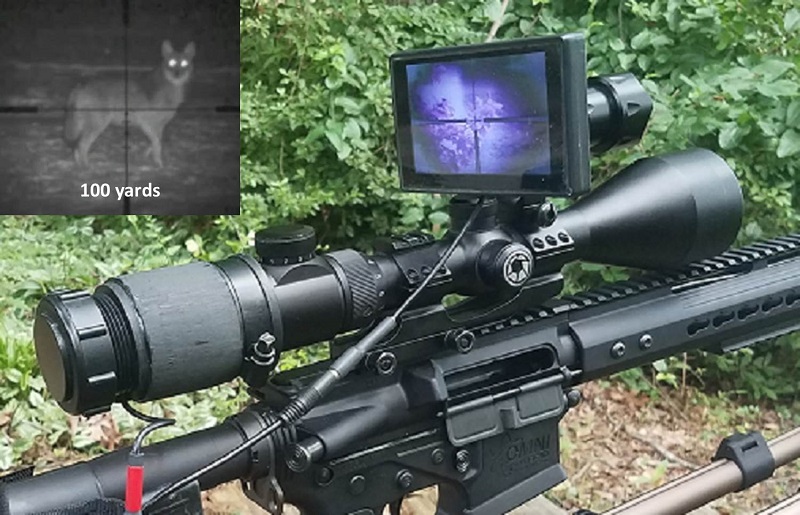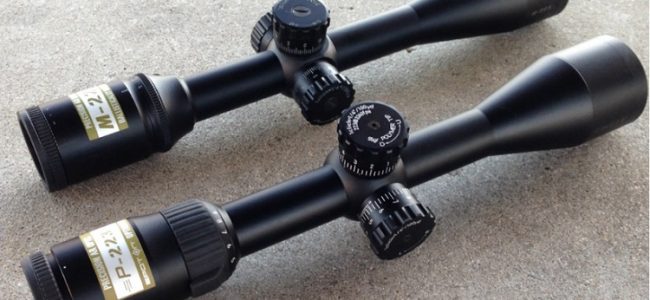
When it comes to long-range shooting, the ultimate goal is a single shot on the exact point of the target you want to hit. If you’re a hunter, there are no chances to take when shooting at long range. Miss by an inch and the game is gone. You need to get everything right from the start if you’re going to hit your target at the dead-center.

A rifle scope is probably the most important component you will need to get a precise shot. This is your fire control system connecting you and your target. However, choosing the best rifle scope is no easy task. There are several variables to take into control especially when choosing a rifle scope for long-range shooting.
The Activity of the Rifle Scope
The simple rule to follow is one rifle scope, one job. Of course, you’re not going to get maximum benefits, but every different activity requires a different rifle scope. Are you hunting long-range or competing in 1000 yards shooting activity? Choose what best suits your activity but remember there are basic features every scope must have for precise shooting.
Main Features to Consider When Choosing a Rifle Scope for Long Range Shooting.
Ability to Maintain Zero
You need to choose a scope that retains measurement from one shooting session to the next. We must not lose the zero as this is what gives us the ability to adjust correctly. The ability for scopes to maintain zero is a MUST for long range shooting where there are no shots where to hit.
Adjustment Reliability and Accuracy
The best rifle scopes for long range shooting need to be very reliable and accurate in adjustments. They are precision tools with adjustments in fractions of thousandths of radiant, MRAD or fractions of minutes of angles, MOA. They must have an efficient internal mechanism to meet these accuracies.
The value of the regulations needs to be the exact click when you adjust. However, this is usually not the case with most scopes. Most people don’t realize this at short distances when shooting at long ranges, the errors multiply and you most likely miss. You can easily check if your scope loses clicks by zeroing it and rotating it all the way before setting to zero and shooting again.
Adequate Total Elevation Adjustment
A lot of elevation adjustment is required when aiming at further distances. The total elevation adjustment you choose on the scope must meet your needs. When scopes are zeroed, half of the elevation adjustment is burned. This is something you also need to consider when buying a scope for long range shooting.
Parallax Adjustment
Parallax adjustment is another essential feature to consider when you need extreme accuracy at long ranges. It helps you avoid parallax error.
AR-15 Long Range Shooting Application
The quality of the scope chosen will determine your long-range shooting success. There are myriads of scopes out there to choose. Let’s take for example the AR-15 which has an infinite number of applications. Its ideal scope will depend on the exact use of the AR-15. There are many scope options for the AR-15 as the rifle itself. So, how do you go about choosing the best scope for the AR-15?
- Don’t choose more magnification than you need. Most people prefer more magnification, but this also magnifies the natural wobble. The field of view also diminishes with over-magnification.
- You also need to consider the reticle size and nature of your target. The reticle size might block your target when shooting at long ranges. This makes it quite hard to shoot with precision. A red dot is the best when shooting at moving targets.
Conclusion
Choosing the best rifle scope for long-range shooting should not be difficult if you know features to consider, the task of the rifle and nature of the target. The optic you choose is what makes a rifle. If you’re serious about long-range shooting, you need to invest time and a quality long-range rifle scope.
I would suggest you to read USFCLASS and check out their top rated long range scope out there! Make sure you understand the best hunting times, conditions, range and choose a binocular with matching specs.











